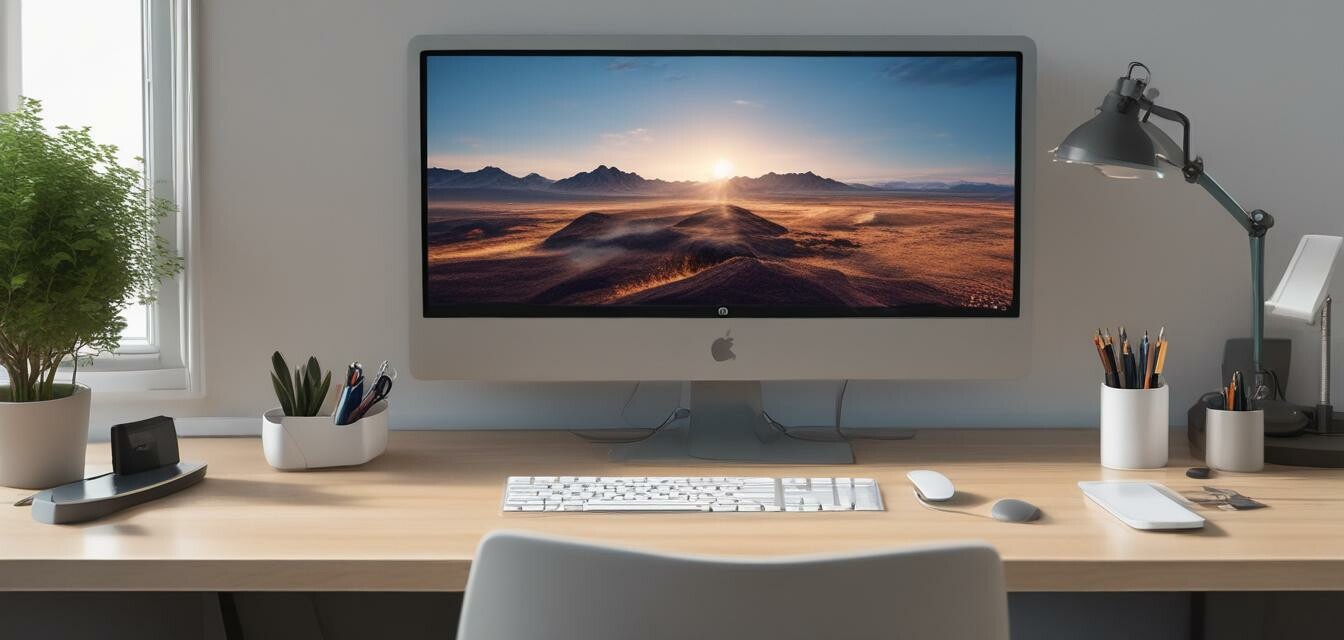
How technology is reshaping home office designs
Key Takeaways
- Advancements in technology are driving innovative home office designs.
- Emphasis on ergonomics and productivity tools is reshaping furniture choices.
- Multi-monitor setups enhance efficiency for various tasks.
- Wireless networking solutions simplify setups and improve connectivity.
- Diverse designs cater to different work sectors and individual preferences.
The world of work has changed dramatically in recent years, with shifts towards remote and hybrid working becoming more prevalent. As a result, home office designs are evolving to meet the technological needs of today's professionals. This article explores how advancements in technology are influencing the design and functionality of home offices across different sectors and industries.
1. The rise of remote work
The COVID-19 pandemic accelerated the shift to remote work, pushing many companies to adapt quickly. This trend has led to the emergence of new technologies and design philosophies for home offices, focusing on creating efficient and comfortable workspaces.
Impact on office furniture
Furniture choices are fundamentally affected by technology. Traditional desks are being replaced with adaptable and multifunctional pieces. Some trends include:
- Height-adjustable desks: Allow users to alternate between sitting and standing, promoting better posture.
- Ergonomic chairs: Designed to provide better support during extended periods of sitting.
- Modular furniture: Offers flexibility for workspace configuration and adaptation.
2. Emphasis on multi-monitor setups
Many professionals are finding that a single monitor setup isn’t sufficient for productivity. The use of multiple screens is becoming standard practice, leading to the following benefits:
| Feature | Single Monitor | Multi-Monitor |
|---|---|---|
| Screen Real Estate | Limited | Expansive |
| Multitasking Capability | Challenging | Enhanced |
| Overall Productivity | Moderate | Significantly Higher |
Choosing the right setup
When considering a multi-monitor setup, various factors come into play. Here are some tips for selecting the right monitors:
Tips for selecting monitors
- Consider resolution and screen size for clarity.
- Look for adjustable stands for better ergonomics.
- Ensure compatibility with existing devices for seamless connectivity.
3. Technological advancements in accessories
Modern home offices are becoming accessorized with gadgets designed to enhance productivity. Key accessories include:
- Docking stations: Centralize connections for multiple devices, making it easy to switch between desktops and laptops.
- Integrated sound systems: Improve conference call experiences and enjoyment during breaks.
- Smart lighting: Adjustable lighting setups that can reduce eye strain and adapt to different tasks.
4. Wireless networking solutions
Reliable internet connectivity is essential for remote work. Wireless networking solutions have transformed how home offices connect to the internet:
| Solution | Advantages |
|---|---|
| Mesh Wi-Fi Systems | Eliminate dead spots and boost coverage throughout the home. |
| Wi-Fi Extenders | Expand coverage by extending the range of existing networks. |
| Powerline Adapters | Leverage existing electrical wiring for internet access in hard-to-reach areas. |
5. Aesthetics and personalization
Lastly, as home offices become more important for work-life balance, personalization and creativity in the workspace are taking center stage. Consider these design elements:
- Color schemes: Neutral colors promote calmness, while bold colors can inspire creativity.
- Decor: Inspirational artwork, plants, or personal items can make the space feel more welcoming.
- Flexibility in layouts: Configuring space for different tasks enhances creativity and productivity.
Conclusion
The future of home office designs is closely tied to technological advancements that prioritize comfort, efficiency, and functionality. As the lines between home and work continue to blur, investing in the right technology and design can lead to a more productive workspace. For more tips on optimizing your workspace, check out our guides on buying essentials and setup inspirations.
Pros
- Enhanced comfort and productivity through ergonomic designs.
- Flexibility to customize spaces based on individual needs.
- Improved connectivity through modern networking solutions.
Cons
- Potential for distraction in a home environment.
- Initial investment costs for quality setups.
- Space limitations in smaller homes may affect layout options.